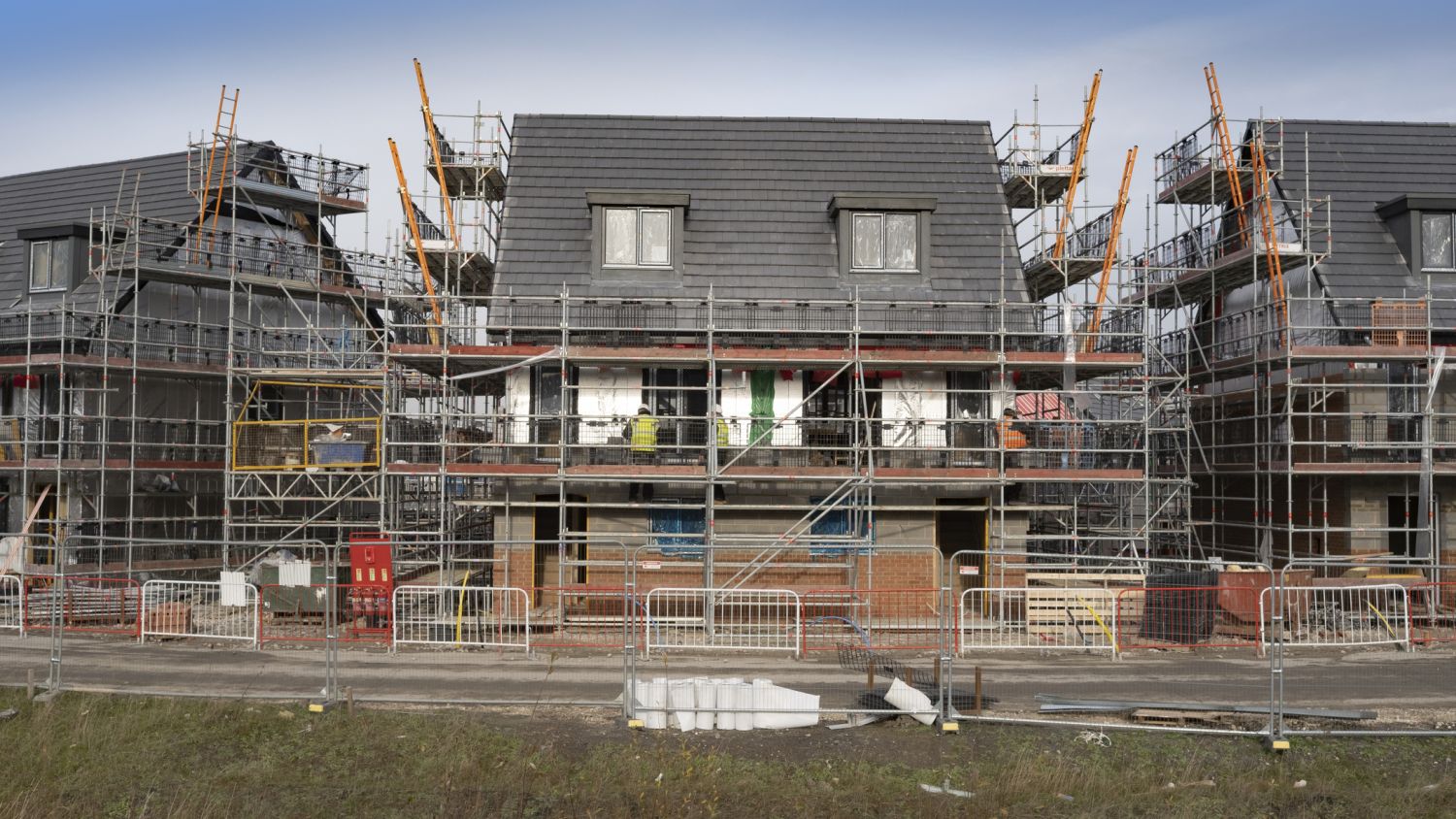
A concerted push on retrofitting the UK’s ageing housing stock could help to solve the energy crisis, argues Marek Suchocki.
With reports showing that three quarters of households in the UK will be pushed into fuel poverty by January 2023, urgent action needs to be taken to tackle the energy crisis. Indeed, new prime minister Liz Truss has announced a freeze on energy bills in a bid to stave off soaring costs of gas and electricity. However, some deem this a short-term sticking plaster to a longer-term problem.
Industry experts are urging Truss to prioritise a ‘national retrofit plan’, making homes more energy efficient to help tackle the current crisis.
Much of the UK’s housing stock consists of older, inefficient homes, built before energy efficiency was a consideration. These homes can be extremely costly for owners and residents. Retrofitting will provide more efficient buildings that also improve the quality of life for residents: warmer homes that are weatherproof and more affordable.
Making existing homes more sustainable will be critical for governments – and housing industries – to meet their sustainability targets. In the UK, 85% of the homes that we’ll live in by 2050 have already been built. Therefore, meeting UK’s goal of becoming a net-zero economy by 2050 will require retrofitting one million houses a year for the next three decades.
Four ways to integrate modern technology
In order to ramp up retrofitting in the UK, the process needs to be quicker, more cost-effective, and less disruptive to residents, while also maintaining an excellent level of quality. Integrating modern technology can help to do this in four ways:
1. Using digital as-built models for more effective planning
A lack of accurate information can seriously jeopardise a retrofitting project. Especially where the building is older and plans are out of date, incomplete or lacking in detail. Requiring digital handover comprising BIM, verified asset data records and preparing an Asset Information Model (AIM), for example, can give owners the insight to plan the retrofit more effectively and sustainably.
2. Implementing modern methods of construction
Currently, projects can be piecemeal and short-term, with projects often awarded to the lowest bidder, inevitably resulting in low-quality builds.
With modern methods of construction, it doesn’t have to be this way. In recent years, we’ve seen innovators like the Energiesprong Foundation taking a ‘whole-building’ approach using pre-fabrication, constructing building facades in factories rather than tackling flaws one-by-one. Taking cues from this approach can help to make the retrofitting process quicker, less disruptive, and more repeatable at scale.
3. Harnessing data to make your case and improve for the future
Whether it’s carbon emissions, air quality or impact on the local economy, measuring the full implications of retrofitting projects can be complex and imprecise. If this strategy is going to rolled out at scale, collecting consistent, meaningful data must be the foundation. Making a data-driven approach the norm will help the government to formulate policy and allow owners to build a stronger business case for investment.
4. Making digital construction the default
Retrofit projects rely on accurate and up-to-date information, as errors can be both expensive to resolve and create an environmental impact. Implementing digital design and construction techniques will help teams get things right first time.
Where records are poor or non-existent, new digital survey techniques including laser scanning and photogrammetry with drones rapidly create point cloud models of constructed assets. Scan-to-BIM techniques deliver an accurate model in a matter of hours to then leverage subsequent digital workflows.
Retrofitting will always be a balancing act of benefits and costs as projects often involve lots of considerations. But with the access to better data, modern methods of construction and a digital-first mindset, the UK has all the tools needed to kick-start a retrofitting revolution that benefits all.
Marek Suchocki is infrastructure engagement lead at Autodesk.











